Robert N. Shorten
Fairness in Forecasting of Observations of Linear Dynamical Systems
Sep 16, 2022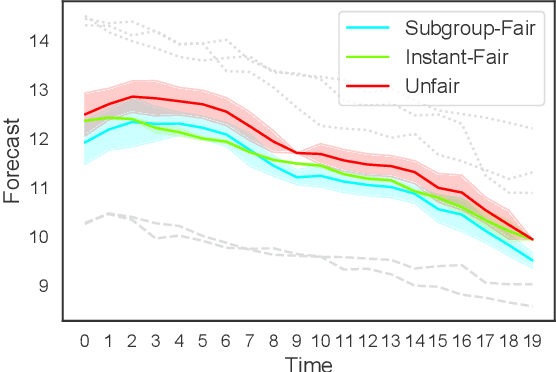
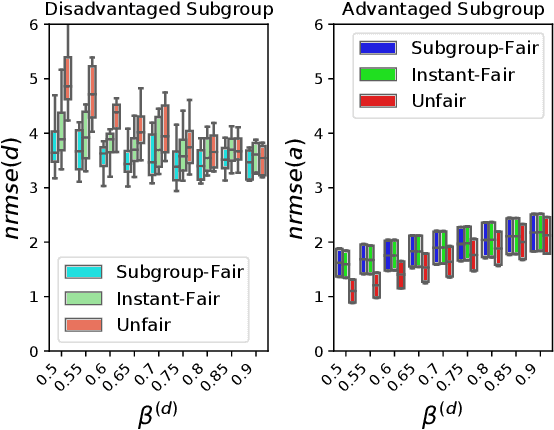

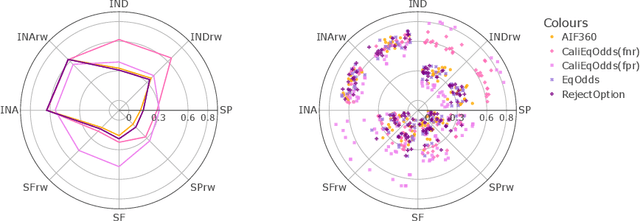
Abstract:In machine learning, training data often capture the behaviour of multiple subgroups of some underlying human population. When the nature of training data for subgroups are not controlled carefully, under-representation bias arises. To counter this effect we introduce two natural notions of subgroup fairness and instantaneous fairness to address such under-representation bias in time-series forecasting problems. Here we show globally convergent methods for the fairness-constrained learning problems using hierarchies of convexifications of non-commutative polynomial optimisation problems. Our empirical results on a biased data set motivated by insurance applications and the well-known COMPAS data set demonstrate the efficacy of our methods. We also show that by exploiting sparsity in the convexifications, we can reduce the run time of our methods considerably.
Predictability and Fairness in Load Aggregation and Operations of Virtual Power Plants
Oct 06, 2021



Abstract:In power systems, one wishes to regulate the aggregate demand of an ensemble of distributed energy resources (DERs), such as controllable loads and battery energy storage systems. We suggest a notion of predictability and fairness, which suggests that the long-term averages of prices or incentives offered should be independent of the initial states of the operators of the DER, the aggregator, and the power grid. We show that this notion cannot be guaranteed with many traditional controllers used by the load aggregator, including the usual proportional-integral (PI) controller. We show that even considering the non-linearity of the alternating-current model, this notion of predictability and fairness can be guaranteed for incrementally input-to-state stable (iISS) controllers, under mild assumptions.
Subgroup Fairness in Two-Sided Markets
Jun 04, 2021
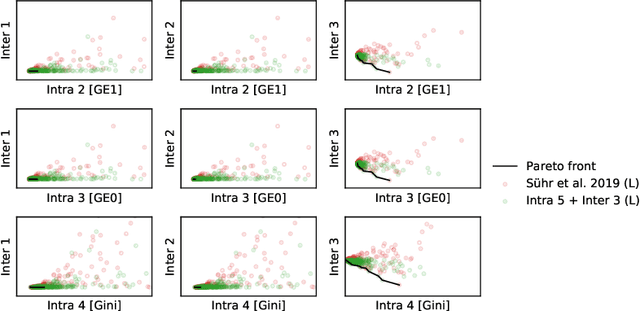


Abstract:It is well known that two-sided markets are unfair in a number of ways. For instance, female workers at Uber earn less than their male colleagues per mile driven. Similar observations have been made for other minority subgroups in other two-sided markets. Here, we suggest a novel market-clearing mechanism for two-sided markets, which promotes equalisation of the pay per hour worked across multiple subgroups, as well as within each subgroup. In the process, we introduce a novel notion of subgroup fairness (which we call Inter-fairness), which can be combined with other notions of fairness within each subgroup (called Intra-fairness), and the utility for the customers (Customer-Care) in the objective of the market-clearing problem. While the novel non-linear terms in the objective complicate market clearing by making the problem non-convex, we show that a certain non-convex augmented Lagrangian relaxation can be approximated to any precision in time polynomial in the number of market participants using semi-definite programming. This makes it possible to implement the market-clearing mechanism efficiently. On the example of driver-ride assignment in an Uber-like system, we demonstrate the efficacy and scalability of the approach, and trade-offs between Inter- and Intra-fairness.
Predictability and Fairness in Social Sensing
Jul 31, 2020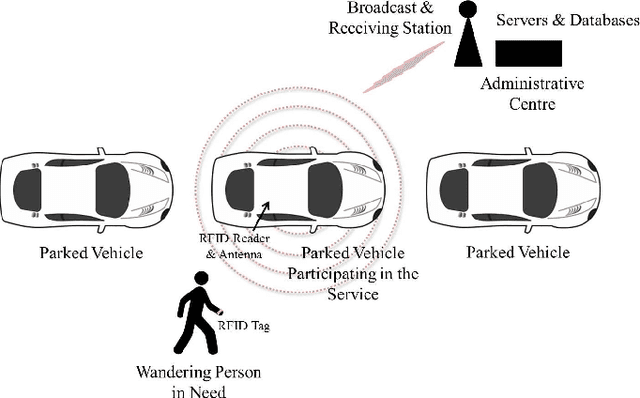
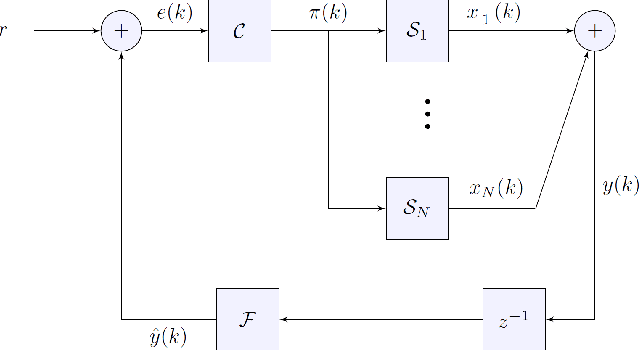

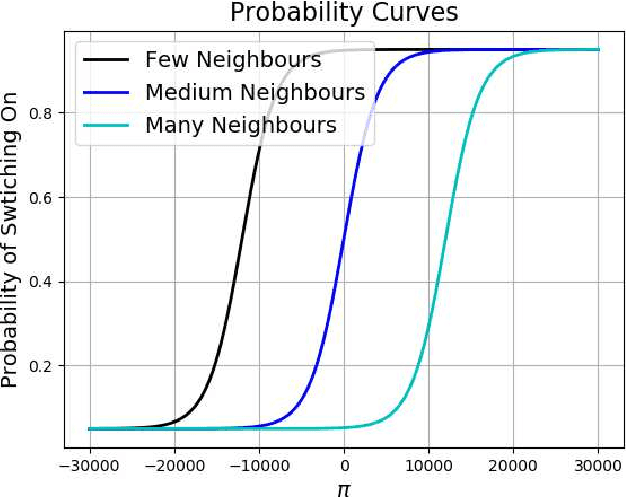
Abstract:In many applications, one may benefit from the collaborative collection of data for sensing a physical phenomenon, which is known as social sensing. We show how to make social sensing (1) predictable, in the sense of guaranteeing that the number of queries per participant will be independent of the initial state, in expectation, even when the population of participants varies over time, and (2) fair, in the sense of guaranteeing that the number of queries per participant will be equalised among the participants, in expectation, even when the population of participants varies over time. In a use case, we consider a large, high-density network of participating parked vehicles. When awoken by an administrative centre, this network proceeds to search for moving, missing entities of interest using RFID-based techniques. We regulate the number and geographical distribution of the parked vehicles that are "Switched On" and thus actively searching for the moving entity of interest. In doing so, we seek to conserve vehicular energy consumption while, at the same time, maintaining good geographical coverage of the city such that the moving entity of interest is likely to be located within an acceptable time frame. Which vehicle participants are "Switched On" at any point in time is determined periodically through the use of stochastic techniques. This is illustrated on the example of a missing Alzheimer's patient in Melbourne, Australia.
Fairness in Forecasting and Learning Linear Dynamical Systems
Jun 12, 2020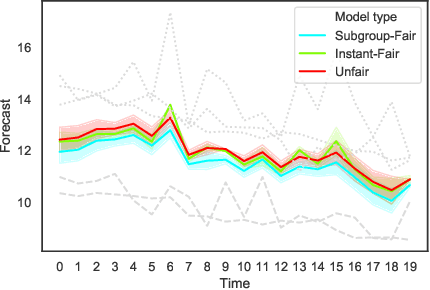
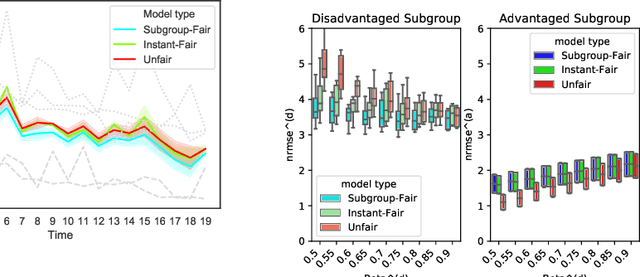
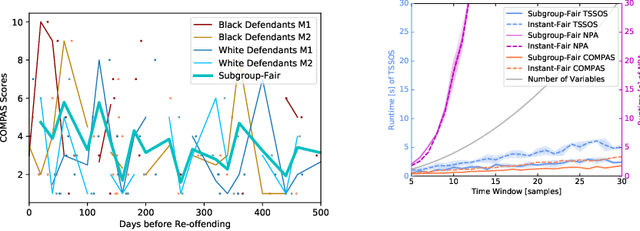
Abstract:As machine learning becomes more pervasive, the urgency of assuring its fairness increases. Consider training data that capture the behaviour of multiple subgroups of some underlying population over time. When the amounts of training data for the subgroups are not controlled carefully, under-representation bias may arise. We introduce two natural concepts of subgroup fairness and instantaneous fairness to address such under-representation bias in forecasting problems. In particular, we consider the learning of a linear dynamical system from multiple trajectories of varying lengths, and the associated forecasting problems. We provide globally convergent methods for the subgroup-fair and instant-fair estimation using hierarchies of convexifications of non-commutative polynomial optimisation problems. We demonstrate both the beneficial impact of fairness considerations on the statistical performance and the encouraging effects of exploiting sparsity on the estimators' run-time in our computational experiments.
An Assessment on the Use of Stationary Vehicles as a Support to Cooperative Positioning
Feb 26, 2015
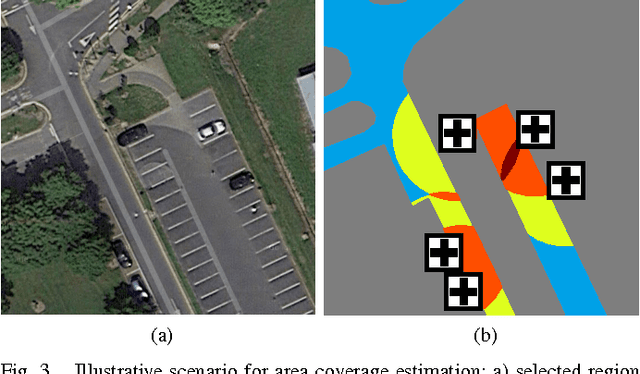
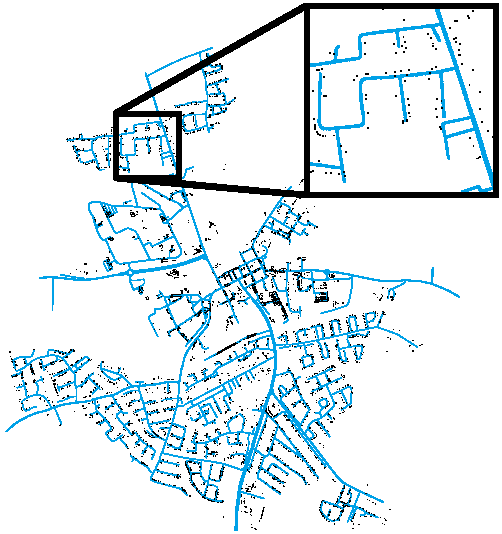
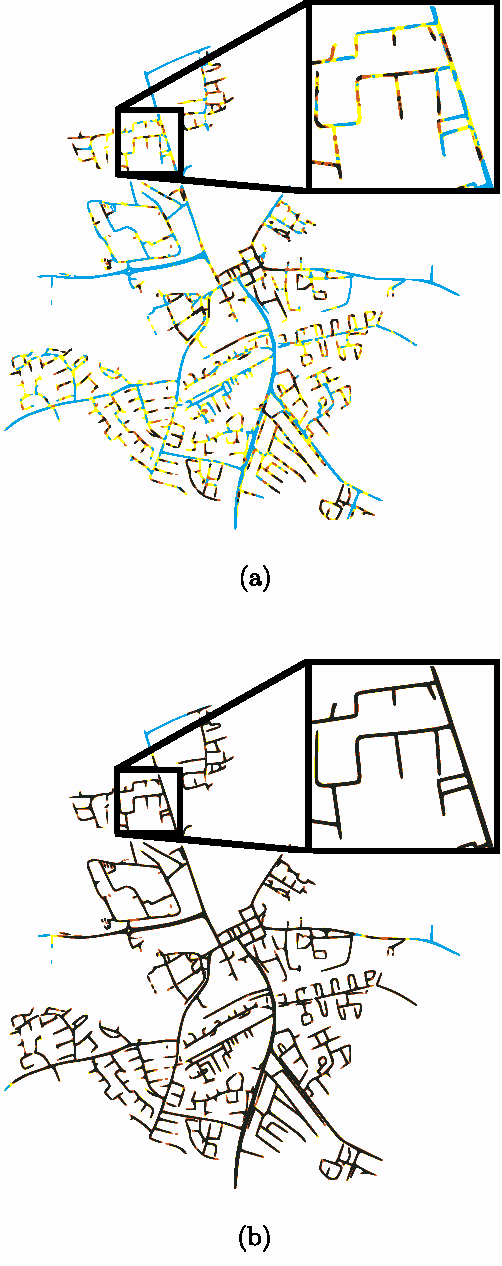
Abstract:In this paper, we consider the use of stationary vehicles as tools to enhance the localisation capabilities of moving vehicles in a VANET. We examine the idea in terms of its potential benefits, technical requirements, algorithmic design and experimental evaluation. Simulation results are given to illustrate the efficacy of the technique.
 Add to Chrome
Add to Chrome Add to Firefox
Add to Firefox Add to Edge
Add to Edge